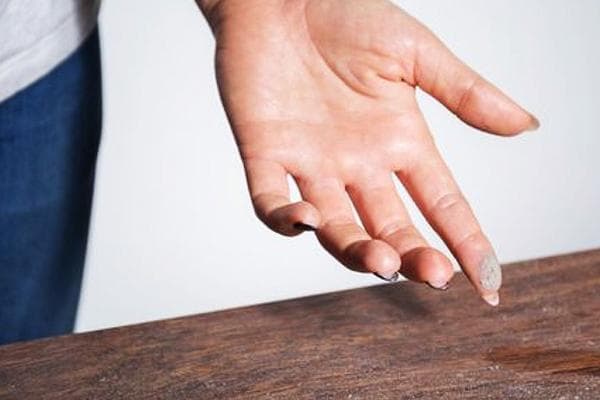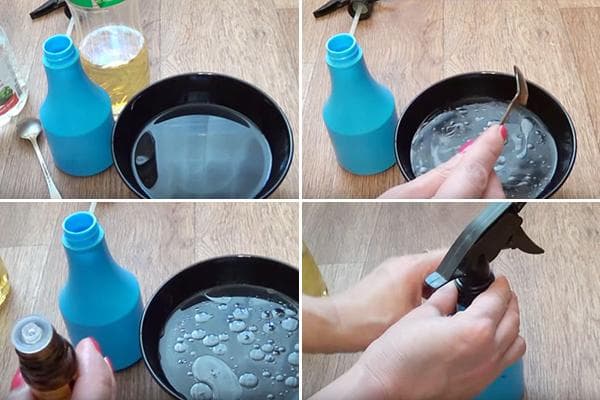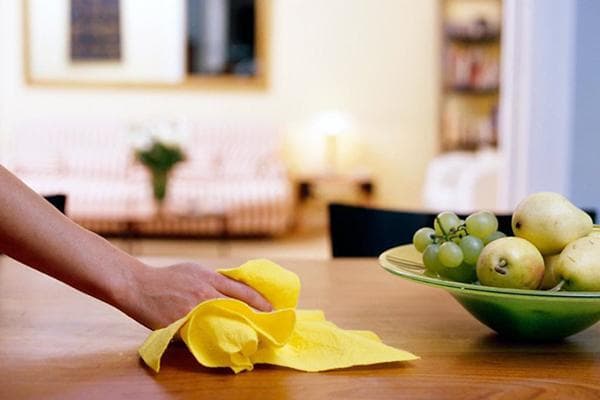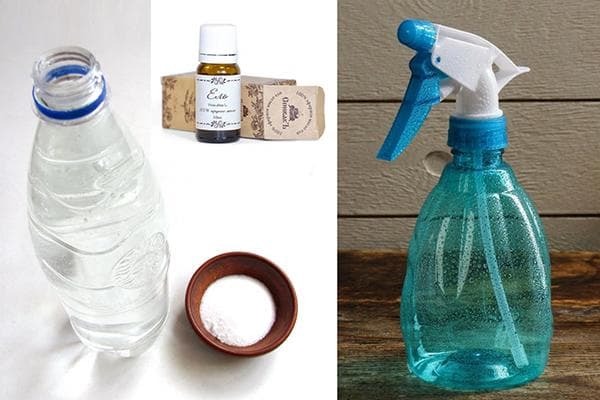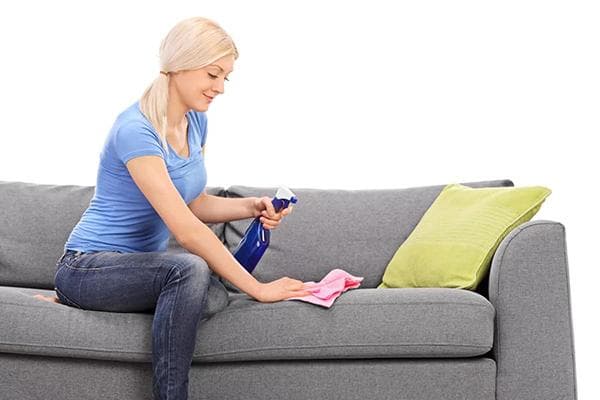8 antistatic recipes for furniture using improvised materials
Most household chemicals can be successfully replaced with solutions from improvised means. The advantages of a home antistatic agent for furniture against dust are obvious: environmental friendliness, availability and hypoallergenicity. The ingredients can be found in every home, and preparation will only take 5 minutes.
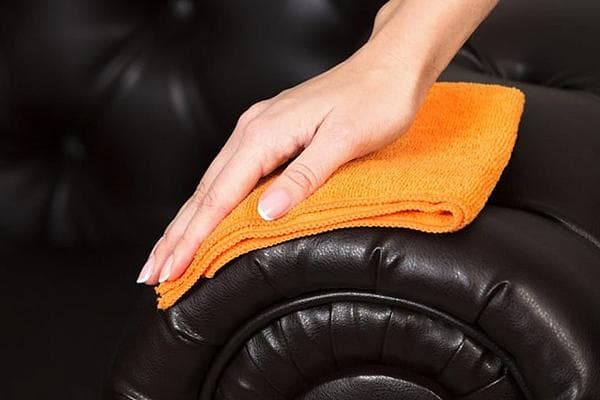
The principle of action of antistatic agents
Dust is the main type of contamination on furniture. Housewives spend a significant part of their free time fighting it: approximately 4 hours a month and 50 hours a year. Dust settles especially quickly in private houses and apartments located on the lower floors. Open windows, close proximity to the roadway, clutter - with a combination of unfavorable factors, a dust layer is formed literally within a day.
Knowing how harmful dust is to health, many wipe it almost daily. But there is another way to get rid of it.
It is no secret that an electric charge is formed on any surface when it comes into contact with objects or simple air streams. Static electricity attracts dust particles, and they accumulate on cabinets, sofas, curtains, and carpets. If you remove it, there will be much less dust on the furniture.
Industrial antistatic agents contain surfactants that retain moisture and increase the electrical conductivity of objects. Many natural substances have similar properties. For example, vegetable and essential oils, vinegar, glycerin, saline solution.
Homemade antistatic agents for furniture
It is not difficult to prepare an antistatic agent at home.The components need to be mixed and the surfaces can be treated immediately. Different products are used for hard and upholstered furniture.
For hard furniture
Homemade antistatic agents for hard furniture are prepared based on glycerin or oils. Additionally, they act as a polish. And essential oils also disinfect surfaces.
You can make these solutions yourself:
- 1 tbsp. a spoonful of glycerin and 100 ml of warm water (for glossy surfaces).
- 4 tbsp. spoons of olive oil, 2 tbsp. spoons of 9% vinegar, 100 ml of water.
- 150 ml hot water and 3-4 potassium of ylang-ylang or lavender essential oil.
- Cut 1 lemon into slices, pour 7 tbsp. spoons of vegetable oil, leave in the refrigerator for a week. Pour 200 ml of boiling water and strain.
- 0.5 liters of warm water, 3 drops of lavender oil, 1 tbsp. spoon of medical alcohol or 2 tbsp. spoons of vodka (for glass inserts and mirrors on furniture).
Application:
- Shake the bottle.
- Apply a small amount to a lint-free cloth.
- Wipe the furniture in a circular motion.
For upholstered furniture
The best ways to remove static electricity from fabric upholstery are vinegar, lemon juice and salt. If the covers on the sofa and soft chairs are removable, after washing you can rinse them in a vinegar solution (50 ml per 10 liters of water).
The following antistatic agents are used to treat upholstered furniture:
- 200 ml water, 50 ml 9% vinegar, 2 teaspoons olive oil, 10 drops essential oil.
- Dissolve 0.5 teaspoons of coarse table salt in 200 ml of warm water, add 2 drops of your favorite essential oil.
- 2 tbsp. spoons of lemon juice and 12 tbsp. tablespoons of water (for dark upholstery it is better to replace lemon juice with vinegar).
Application:
- Pour the solution into a spray bottle and spray onto the upholstery from a distance of 25–30 cm.
- Do not use furniture until completely dry.
To reduce the overall amount of dust in your apartment, use a humidifier. With a sufficient level of humidity, static electricity is practically not generated, and dust does not rise into the air (remains bound on the floor, shoes from the street, etc.).
Yes, homemade antistatic agents for furniture are somewhat less effective than store-bought ones. But they do not pollute the environment and are absolutely safe for allergy sufferers. Solutions for upholstered furniture can also be used to treat curtains, carpets and clothing. And products for hard furniture can also be used for polishing surfaces.
